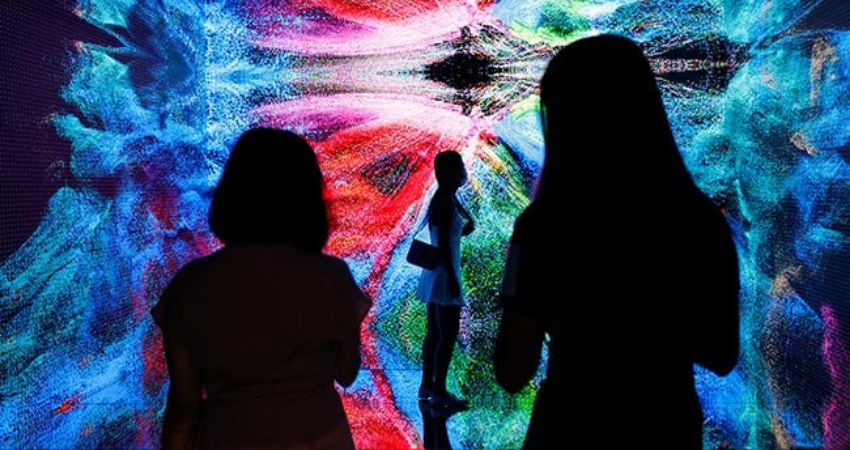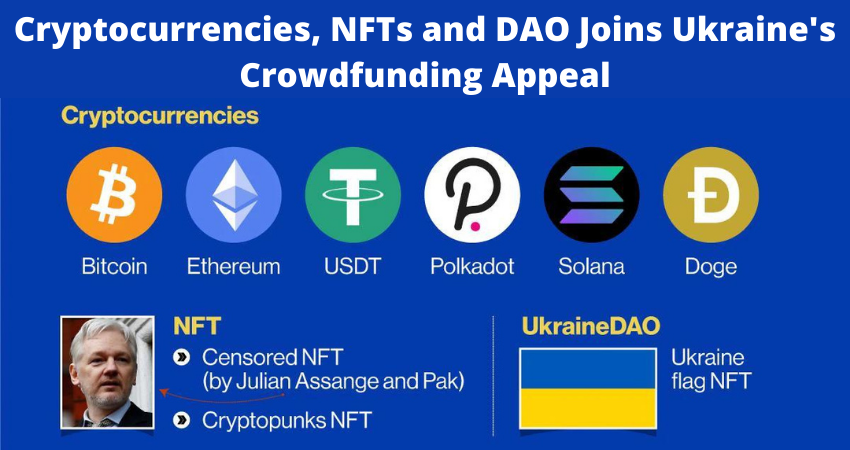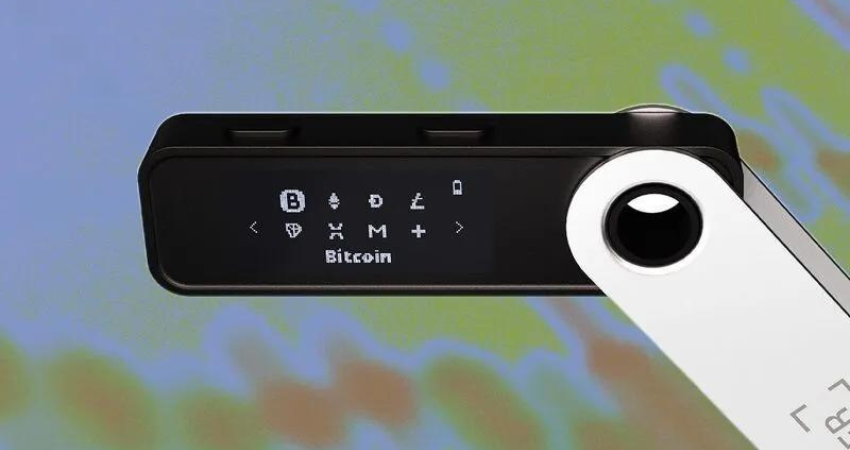The art world is changing rapidly. With the emergence of digital art NFTs, the art world is facing a paradigm shift. Therefore, this article will explore what digital art NFTs are, their history, their benefits, and how they are transforming the art world, so read on to learn more about this digital phenomenon that looks like it’s here to stay.
The History of Digital Art NFTs
The concept of digital art NFTs has been around since 2017. The first digital art NFTs were created by the blockchain-based platform CryptoKitties. CryptoKitties allowed users to collect and breed digital cats, which NFTs represented.
Since then, the use of digital art NFTs has grown exponentially. In 2020, the platform SuperRare made headlines when artist Beeple sold one of his digital works of art for $69 million as an NFT. This sale marked the beginning of the digital art NFTs craze, with many other platforms, such as Rarible, joining in on the fun.
What Are the Benefits of Digital Art NFTs?
Digital art NFTs offers many benefits to artists and collectors, like their ability to be stored and exchanged securely with providers like OKX – a crypto exchange app. Some of the other advantages include:
1. The Ability to Track Artwork
They enable artists to authenticate and track the ownership of their digital artworks. This makes it easier for them to protect their work from piracy and copyright infringement.
2. Investment Opportunities
Digital art NFTs enable collectors to invest in digital artworks. By purchasing an NFT, collectors can own a unique piece of digital art and trade it on the marketplace. This opens up a new form of investment for collectors and provides a new source of income for artists.
3. The Transparency
Digital art NFTs provide greater transparency than traditional artworks. Because the ownership of the NFTs is stored on the blockchain, anyone can easily track the provenance of the digital artworks. This increases the trust and credibility of digital artworks and makes them more attractive to potential buyers.
4. Monetize Artwork
Digital art NFTs enable artists to monetize their digital artworks in various ways. For example, some platforms, such as Rarible, allow artists to mint their NFTs and set their own prices. This gives them greater control over their work and provides them with a new source of income.
How Digital Art NFTs Are Changing the Art World?
The rise of digital art NFTs have profoundly impacted the art world. It has opened up a new form of investment for collectors and provided a new source of income for artists. It has also enabled artists to authenticate and track the ownership of their digital artworks, which has helped to reduce the risk of piracy and copyright infringement.
The increased transparency of digital art NFTs has also changed the way collectors view digital art. Because the ownership of the NFTs can be easily tracked, collectors have greater trust in the authenticity and provenance of digital artworks. This has made digital art more attractive to potential buyers and has provided a new avenue for artists to promote and monetize their work.
Conclusion
The digital art NFT marketplace has also made it easier for newcomers to get involved in the digital art NFT market without learning the art world’s ins and outs. As the NFT market grows, you can expect to see more artists monetizing their digital artworks and more collectors investing in digital art NFTs.
I am Pawan Kashyap currently living in Amritsar. I always try to grab new things from the cryptocurrency market. From my observations and trends in the market, I always try to provide the best and accurate information in the form of articles from this blog. Follow us on Facebook, Instagram, and Twitter to join us.







